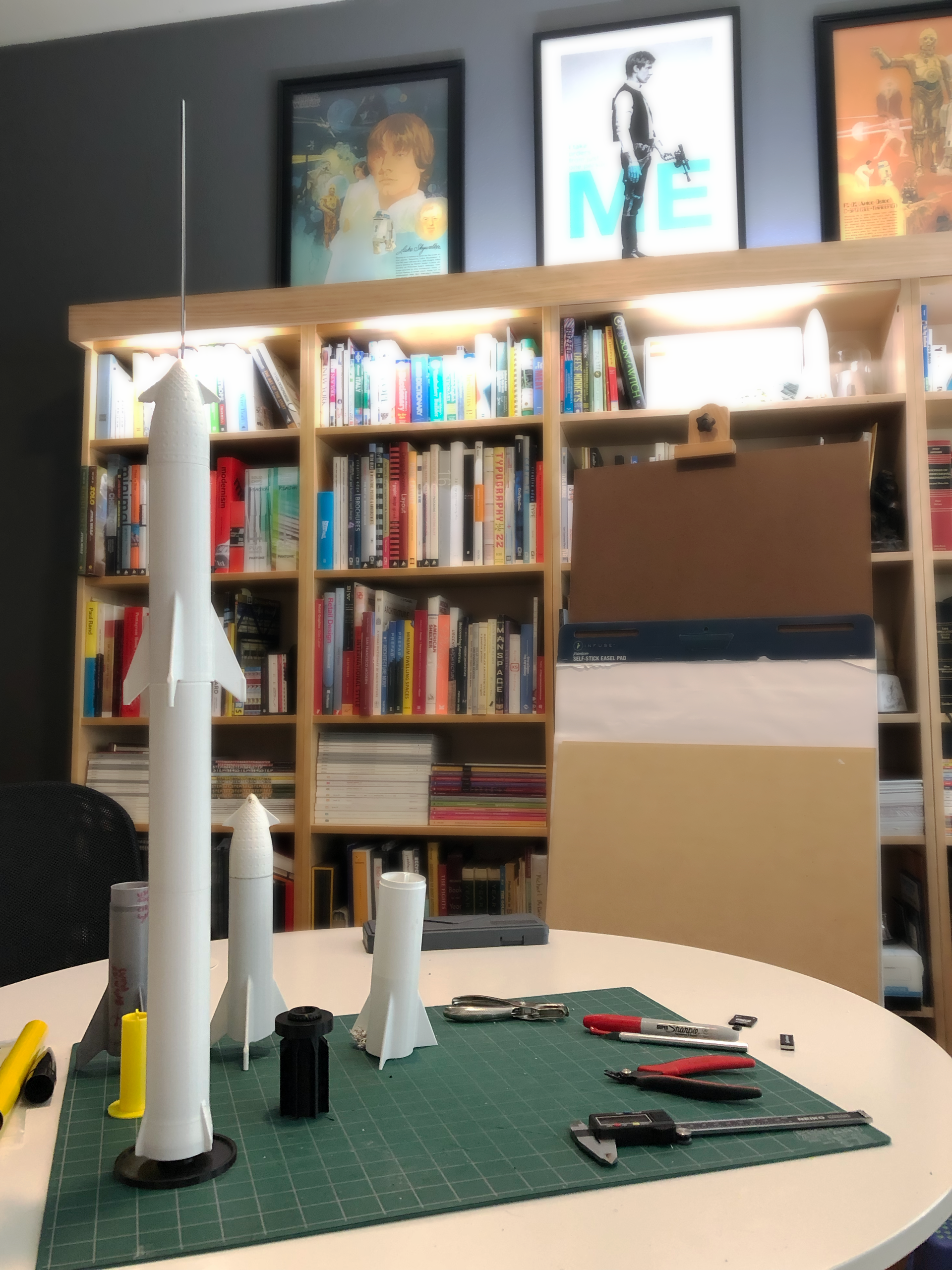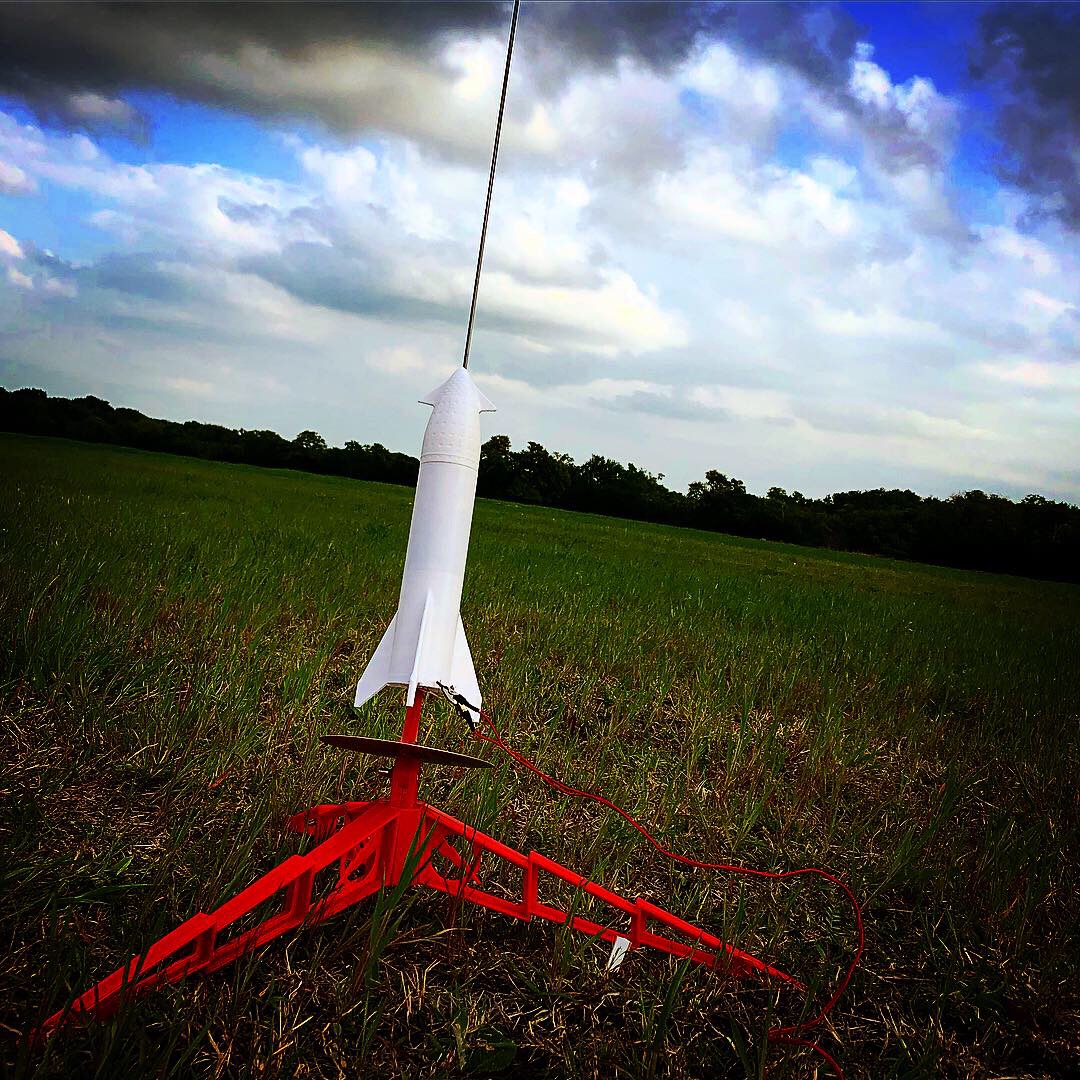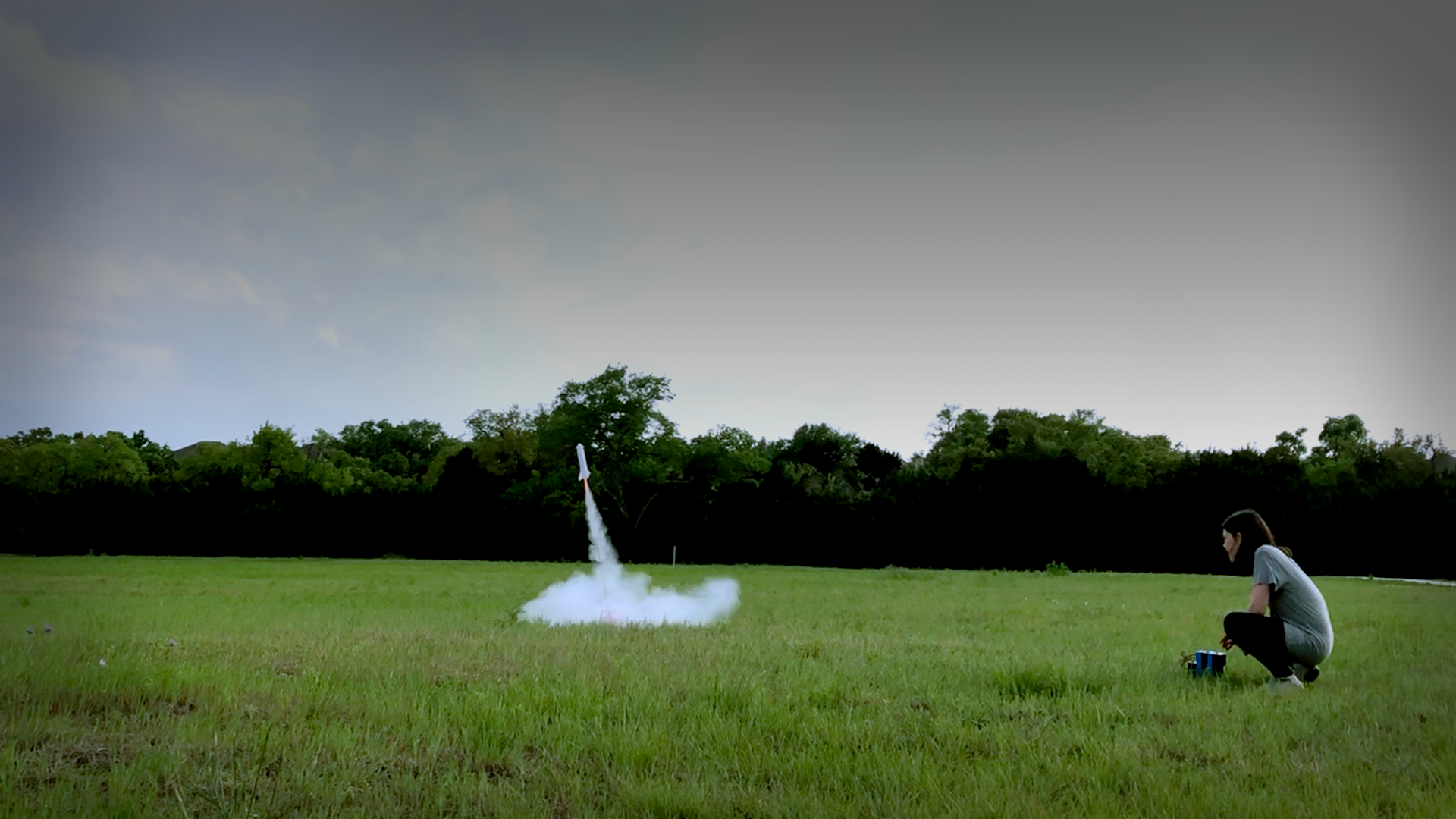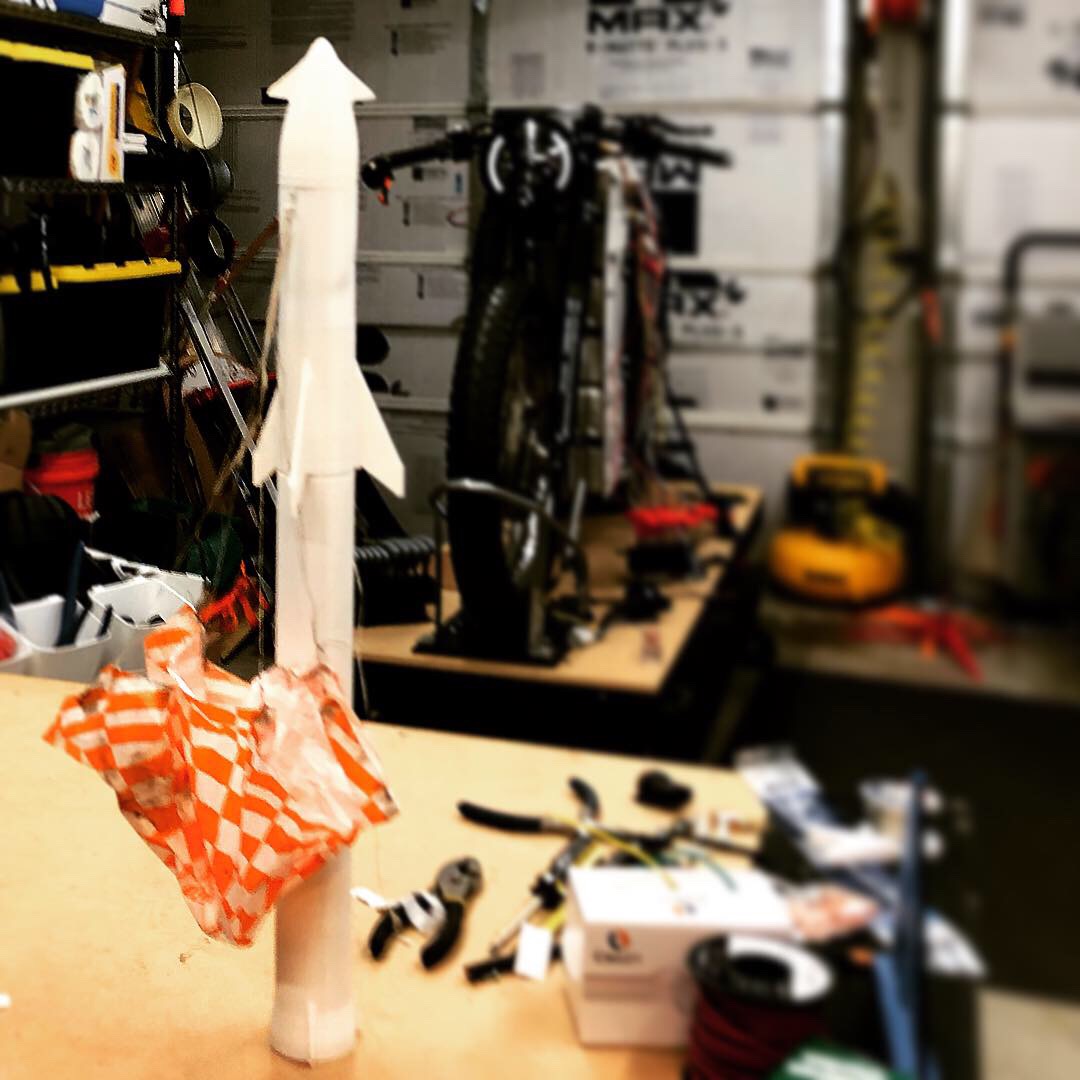As a life long space nerd, I have been following SpaceX’s progress on their Starhopper prototype in Boca Chica, Texas closely. I have actually been routinely checking progress at the site since it was first announced that SpaceX had leased land there several years ago. My interest in SpaceX’s activity in Texas goes beyond being a space nerd. South Padre Island, Texas (about 5 miles from the launch pads in Boca Chica) has been our family’s go to vacation beach in Texas for years now, so the thought of being able to drive from Austin to watch rocket launches is incredibly exciting.
The Starship and Super Heavy booster that will be launching near South Padre Island are not the typical rockets you have watched for years flying out of Florida. This will be one of the largest rocket ever built and is designed to take humans to Mars and beyond. Reading the stats and figures, it is still hard to envision just the scale of these new machines that SpaceX is currently building. It will be massive, standing taller than the legendary Saturn V that sent NASA astronauts to the Moon in 1969. To get a sense of the size of the finished rocket compared to the current “mini starship” prototype in Boca Chica, I found some great 3D models by AliShug over at Thingiverse.com to size and print in my studio.
Having these large desktop models of the Starships in my studio only made me want to start flying model rockets again. I was fortunate enough as a kid to go to NASA’s Space Camp as soon as I was old enough. Space Camp was the first time I had ever even heard the term “model rocket”, but with the first flight I was hooked. When I got back to my home from Space Camp, I remember clearing my drawing table of plastic model fighter jets to make room for model rockets. All the way into high school I would spend hours designing and building my own model rockets at home, then march into the pastures surrounding our horse barn to fire off my latest design. I learned the basics of flight dynamics through lots of trial and error and starting a few fires in the pasture from my own rocket RUDs (rapid unscheduled disassembly). Some designs lead to some pretty wild flights that sent rockets all over town.
When we had our own children, being a parent brought an unexpected surprise – an excuse to have fun again. Not that I didn’t have fun before having kids, but rather having kids is an excuse to go inside the Lego store guilt free or to build model rockets again. The kids and I flew several model rockets before their first trip to Space Camp, so rockets are not something that they are unfamiliar with at all. After 3D printing my scaled Star Hopper/Starship/Superheavy for comparison purposes, I was curious how well a 3D printed model rocket would fly. If the kids and I could just print a model rocket to fly, then the design possibilities we could play with would be fantastic! Plus, it has the added benefit that if you loose the model rocket, you can print a new one from the same biodegradable plastic.
Using the previous scaled 3D printed Starship file, I set to modifying the file as the just the skin for a model rocket core that I could use for a variety of model rocket designs. Several printed iterations later, I had a modified model rocket motor mount, launch rod supports, stage couplers and recovery system components that were all 3D printed. I quickly took my rocket core and adapted it to the 3D printed Starship file by AliShug. The first nice weekend we got afterwards, the kids and I went out to test fly the 3D printed SpaceX Starship. We got several flights from the 3D printed rocket that day before running out of Estes black powder motors.
The 3D printed rocket bodies held up surprisingly well, given the heat generated by the black powder motors. I think with a dedicated launcher stand for the rocket, I wouldn’t get any melt/heat warpage. A mostly 3D printed launch stand for the Starship model rocket sounds like a lot of fun to make at some point. It seems to be a flying brick currently. It flies straight under power, then loses stable flight when the main engine cut off happens. Future revs on this design to balance the mass and improve my 3D printed rocket core will hopefully fix this going forward. It took me almost 20 years to come back around to model rockets, but thanks to my kids giving me an excuse and my trusty 3D printer, I am flying rockets again like the nerd I am.























